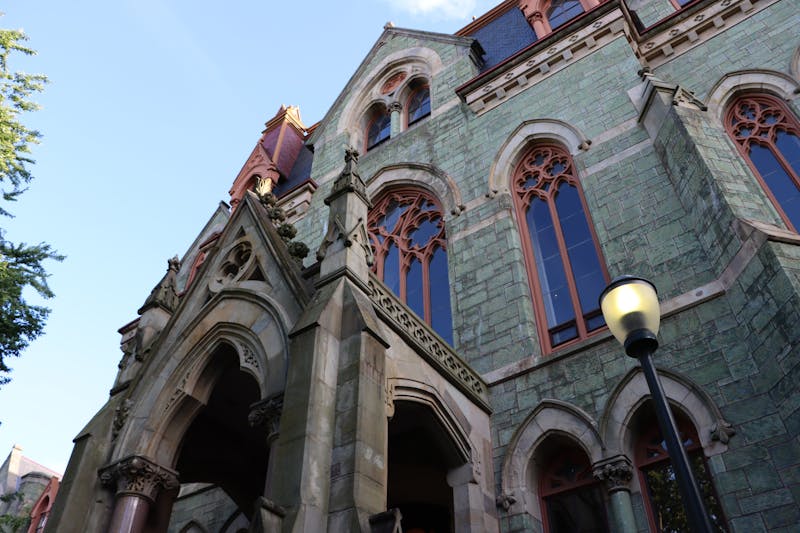From creating more aesthetically pleasing "gateways" into campus to providing more academic space around the University, Penn officials are in the process of establishing a long-term vision of exactly how the campus should look over the next few decades. Five University-wide committees, each charged with evaluating key areas of concern for Penn's physical campus, are expected to present their research to a steering committee by the end of the semester. The steering committee, chaired by Provost Robert Barchi, will then present the committees' findings to University President Judith Rodin. The committees -- Academic and Scholarly Purpose, Student Life, Heritage and Historic Buildings, Transportation and Maintenance and Operations -- have each identified more specific goals that they have been focusing on since they were appointed in late April, according to Vice President for Facilities Omar Blaik, one of the members of the campus development steering committee. The Academic Policy Committee, for instance, is examining the current space needs of each of the University's 12 graduate and undergraduate schools. It is also determining the role that learning should play in the college houses and discussing the impact technology can have on classroom learning. "The physical environment of campus is driven largely by the different priorities of the different schools," Blaik said. "Schools, at the end of the day, are dependent upon their resources." In addition, the Transportation Committee, chaired by City and Regional Planning Professor Eugenie Birch, is examining access to campus and hoping to make what Executive Vice President John Fry called the "pedestrian experience" as easy as possible. "We are dealing with how to get to campus," Blaik said. "When you're approaching campus, what kind of gateways, what kind of message are we giving to people?" University officials have long expressed interest in improving the "gateways" on the eastern edge of campus -- such as those on Spruce and Walnut streets. To that end, Penn will convert the former General Electric building at 31st and Walnut streets into a $55 million luxury apartment complex. But Fry said that Penn administrators hope to make sure that all entranceways to campus -- not just the ones from the east -- are accessible and convenient. "Do we have the gateways coming in from University Avenue right?" Fry said, giving an example of one issue that is under consideration. Transportation on and around campus has been an important topic of late, as a Wharton freshman and a 70-year-old man were involved in fatal bike accidents in the past month. The University has also hired Olin Partnership Ltd. -- a local landscape and architectural design firm founded by Landscape Architecture and Regional Planning Professor Laurie Olin -- to help conduct a review of the entire Penn campus for future development. Administrators are stressing that these committees are exploring truly broad-based, sweeping topics. The University might not feel the effects of their research for several years. Barchi said the campus development committee will use tables of data, diagrams, maps and other such methods to present their research. There are two public fora scheduled to take place in the next several weeks. "The fora will provide an opportunity to inform the University community about the committees' specific recommendations and to invite comment and suggestions about them," he added.
The Daily Pennsylvanian is an independent, student-run newspaper. Please consider making a donation to support the coverage that shapes the University. Your generosity ensures a future of strong journalism at Penn.
DonatePlease note All comments are eligible for publication in The Daily Pennsylvanian.







